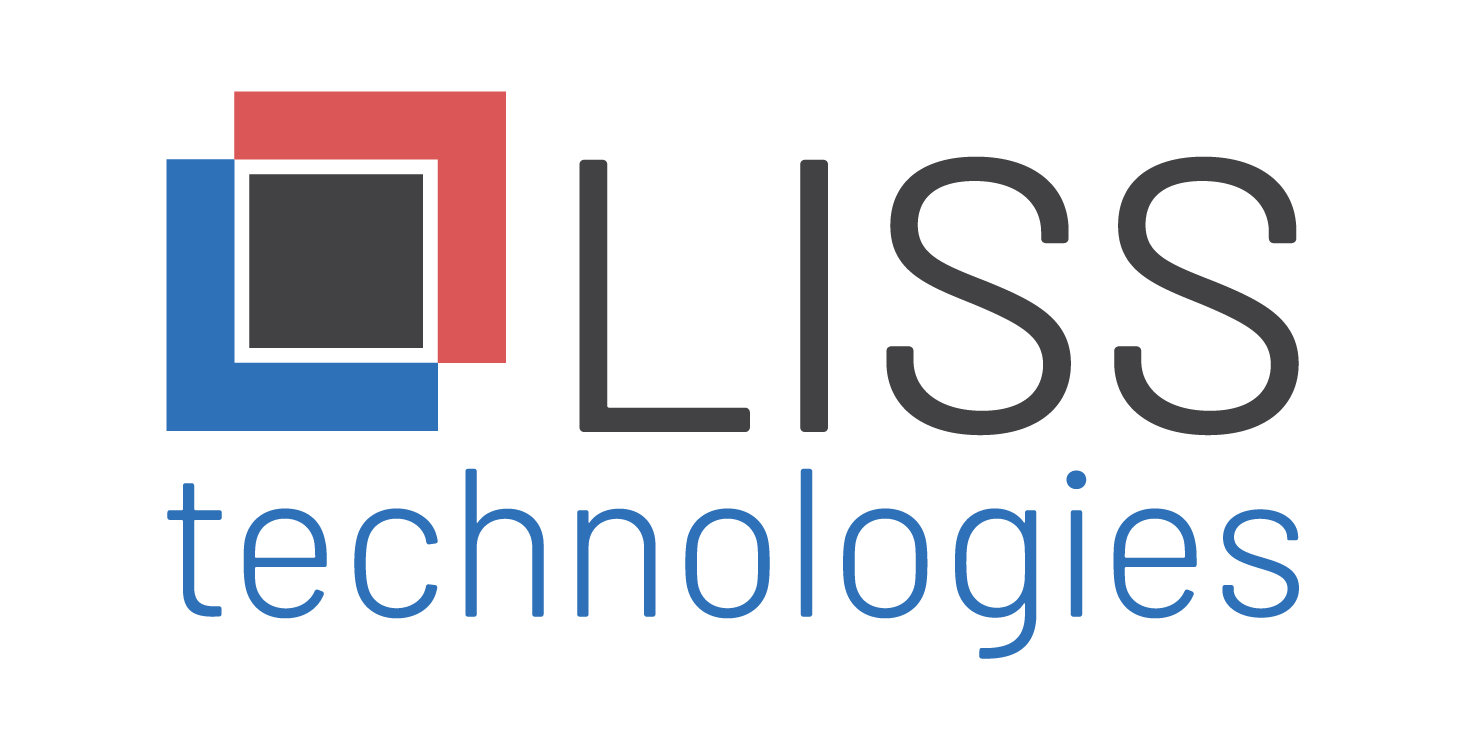Working Remotely
We hope that you are staying healthy during these trying times. As the situation with Coronavirus Disease 2019 (COVID-19) continues, we are all adapting to a “new normal”, both personally and professionally.
Here are some technologies, best practices, and things to be aware of while working remotely.
Security & Threats
- Zoom Vulnerabilities: After a recent spike in usage due to global social distancing guidelines, multiple vulnerabilities have been discovered in Zoom. These threats could allow a hacker to gain meeting access, record meetings, or steal credentials. LISS advises updating Zoom to the latest version and to follow Zoom’s updated best practices to keep unwanted guests out of meetings (adding passwords to meetings and using the Waiting Room feature).
- Malware: Using phishing emails to distribute malware aimed at stealing credentials and data. Be aware of fake emails that may appear to be from a client, friend or co-worker and contain documents with malware.
- Scams: Emails seeking to take advantage of users including donation requests to fake charities, investments in fake companies developing vaccines, and selling cures and face masks.
- Credential & Data Theft: Emails that may appear to be from trusted sources (SBA, your bank, CDC, etc.) that contain spoofed links to pages requesting login credentials or sensitive information (passwords, Social Security numbers, bank account information, etc.
Remote Access

Implementing the best remote access solution depends on how your organization accesses IT resources. Whether your applications are running out of your office (on-premise) or in the Cloud, there are various methods of securely connecting to your systems. The remote access solution should be scalable to meet the demands of all critical users accessing the system at the same time to support a disaster scenario.
- For On-Premise Applications: solutions like VPN’s, Terminal Server and/or Direct-to-Desktop access allow users to securely access on-premise systems.
- For Cloud Applications: solutions like Single-Sign-In, User Experience, and Multi-Factor Authentication allow for everything to be in one place with tight security.
While not every application lends itself to a native cloud systems (accounting or other internal business management systems, for example) it’s definitely interesting to consider moving towards the Cloud as time goes on. Cloud-based applications offer web-based platforms that can be accessed from anywhere on any device.
Communication
 We take a lot of things for granted in situations like this, and the phone on our desk is one of them. While it’s not the most “exciting” thing these days, the phone is still a core of business communication. Whether it’s executives, departments, or call centers – your clients are calling in using the numbers they have which frequently are direct numbers and company main numbers as opposed to mobile phones. Hosted VoIP systems can keep communications running during both normal and extreme circumstances.
We take a lot of things for granted in situations like this, and the phone on our desk is one of them. While it’s not the most “exciting” thing these days, the phone is still a core of business communication. Whether it’s executives, departments, or call centers – your clients are calling in using the numbers they have which frequently are direct numbers and company main numbers as opposed to mobile phones. Hosted VoIP systems can keep communications running during both normal and extreme circumstances.
- Remote Extensions: regular phones plugged in at home
- Softphone: virtual phone Apps that can run on laptops or mobile devices
- Internal Calls: internal users can continue to dial internal users by extension
- External Calls: external callers can reach the main number, dial extensions, and be transferred as if you were sitting at your office desk.
- Voicemail-to-Email: receive voicemails as emails with audio and transcribed text
- Virtual Fax: faxes can be sent & received via email, and are delivered as PFD’s for easy access
Collaboration
 Cloud systems are becoming the norm, but in situations like this they really can shine. Being able to collaborate and securely access files via desktops, laptops, & mobile devices both in and out of the office make this an excellent choice.
Cloud systems are becoming the norm, but in situations like this they really can shine. Being able to collaborate and securely access files via desktops, laptops, & mobile devices both in and out of the office make this an excellent choice.
- OneDrive: access files & folders via multiple devices
- SharePoint: access corporate documents and collaborate with other users in real-time
- Zoom: join and host video meetings and webinars with colleagues and clients
- Microsoft Teams: the hub for teamwork to collaborate using chat, voice, and video
- nSpeak: hosted Unified Communications solution with voice & video
Business Continuity Planning
- Leadership: who to call in an emergency situation
- Inform: how to to organize everyone and keep information flowing
- Maintain: which business processes to keep going (and how)
- Communicate: communicating with employees and clients
It’s important to develop and test your disaster recovery plans, train those involved, update changes in personnel and/or process, and stress-test some of the systems before an incident.

 During this time, attackers are looking to take advantage of the current situation. Remote workers are more susceptible to scams and attacks. It’s important to remain aware and take extra precautions. Some examples of current attacks include:
During this time, attackers are looking to take advantage of the current situation. Remote workers are more susceptible to scams and attacks. It’s important to remain aware and take extra precautions. Some examples of current attacks include:
 Many organizations talk about Business Continuity Plans, but few actually develop & maintain them. While it may be obvious to some in management, a real play-by-play run-book of what to do in a business emergency situation should be prepared. Employees may not know how to maintain business operations during a time of crisis, and especially as it may relate to communication and some of the above tools.
Many organizations talk about Business Continuity Plans, but few actually develop & maintain them. While it may be obvious to some in management, a real play-by-play run-book of what to do in a business emergency situation should be prepared. Employees may not know how to maintain business operations during a time of crisis, and especially as it may relate to communication and some of the above tools. 

